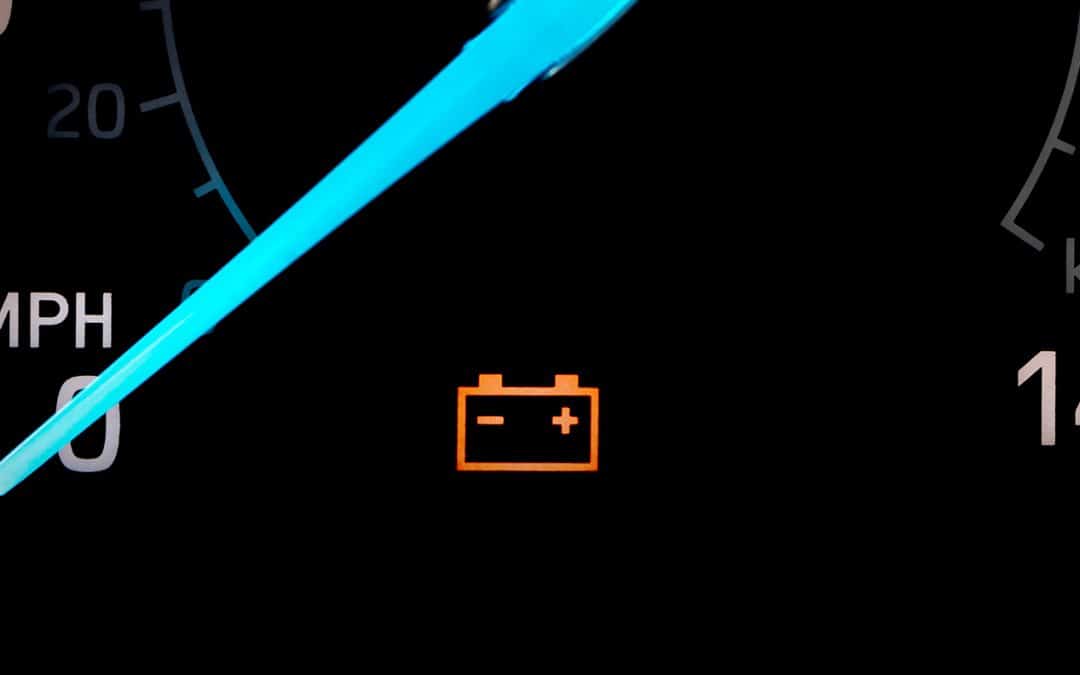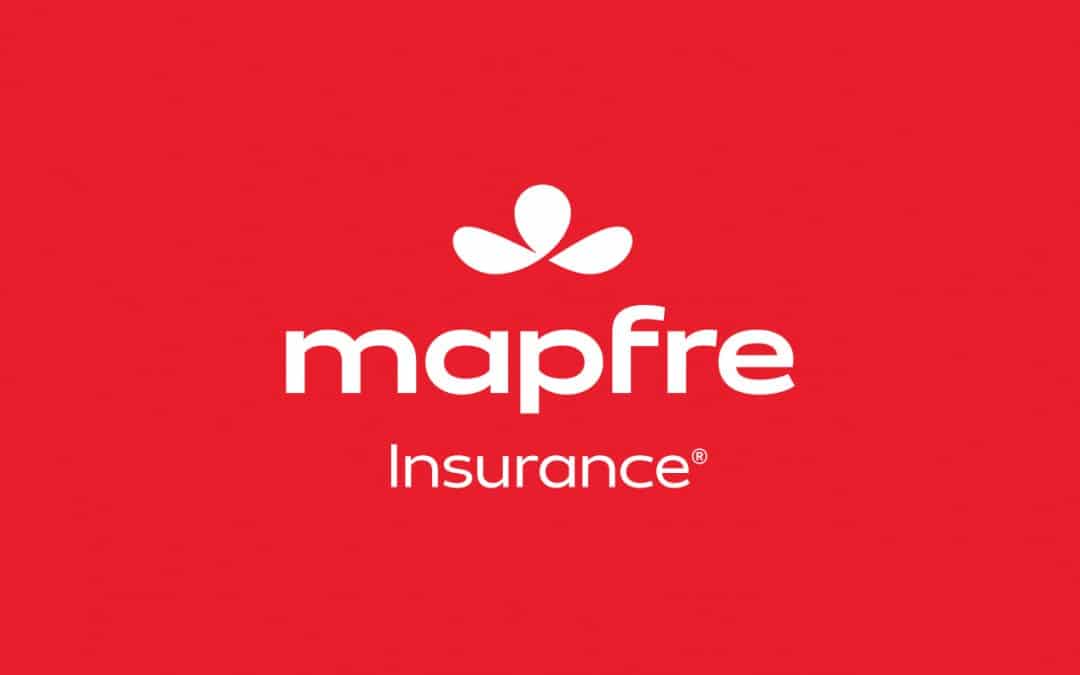Therefore, full coverage usually covers damage from extreme weather, collisions, theft and vandalism. It also frequently covers medical expenses for injuries resulting from a car accident. Full coverage is typically more expensive than liability-only insurance because it offers greater coverage and protection.
What is liability insurance and what does it cover?
Liability insurance is one of the most common types of car insurance. In most states, it’s required to legally drive a vehicle. Generally, liability car insurance helps cover property damage or medical expenses you cause others as a result of a car accident where you are at-fault. It typically does not cover damage to the insured’s vehicle or any injuries the insured sustains.
That’s where full coverage usually comes in. Because full coverage generally describes a policy that includes collision coverage and comprehensive coverage, damage to the insured driver’s property or vehicle would usually be covered.
Remember, car insurance companies may define full coverage and the resulting coverage differently. Check with your insurance agent or contact your insurance provider to learn exactly what’s covered by your car insurance policy.
What is collision coverage and what does it cover?
Collision coverage typically covers damage to the insured driver’s car in an at-fault accident with another vehicle. Usually, it also covers damage in a collision with an object, like a guardrail, pole or tree. In some states, like Massachusetts, collision insurance may even apply regardless of fault and may apply in hit and run situations.
What is comprehensive coverage and what does it cover?
Generally speaking, comprehensive coverage insures a car against extreme weather like hail, wind, fire or flood damage. It usually covers damage incurred from falling objects, like branches or trees, and collision with an animal. Typically, comprehensive coverage also helps cover losses from vandalism or theft.
What is Medical Payments Coverage and what does MedPay cover?
MedPay is a type of medical payment insurance sometimes included in a full coverage policy that generally helps cover medical expenses associated with a car accident, regardless of fault. It typically covers expenses not only for the policyholder, but also for any family members covered by the policy. Passengers traveling in the insured vehicle when the incident occurs are also usually covered by MedPay. In some cases, it may even be possible to extend a medical coverage policy to cover injuries incurred as a pedestrian or bicyclist.
Personal Injury Protection, or PIP, is similar to MedPay in that it can help cover medical expenses. Typically, PIP can cover lost wages and replacement services as well. In some states, PIP or no-fault coverage is required coverage.
Do I need full coverage car insurance?
Full coverage is a preference unless required by a lender. Although full coverage costs more than liability-only insurance, it does offer financial protection in more situations. Because full coverage usually covers physical damage incurred by the insured vehicle while it’s parked, it’s commonly chosen for vehicles in storage or not being driven for any length of time.
What’s the difference between full coverage and liability-only insurance?
The difference between full coverage and liability-only insurance is the extent of insurance coverage provided. Liability-only insurance usually covers property damage or medical expenses caused to others as a result of an at-fault accident.
Conversely, full coverage typically includes liability coverage and extends to cover the insured driver’s own injuries and vehicle in an accident. It also usually covers property damage or medical expenses, regardless of fault. In most states, liability insurance is required, however, full coverage is optional.
For the most protection for a vehicle, full coverage policies are a top choice. Generally, a car with this type of policy will be protected against the widest range of potential incidents and occurrences, whether the car is on the road or parked in a garage.
Explore MAPFRE Insurance’s wide range of car insurance value programs and customize a Massachusetts policy that fits your needs. If you’re located in another state, the Agent Locator can help you find an independent agent closest to you.



